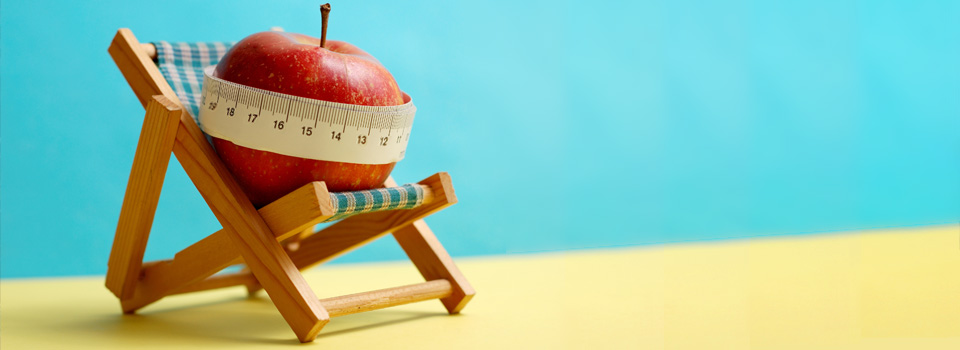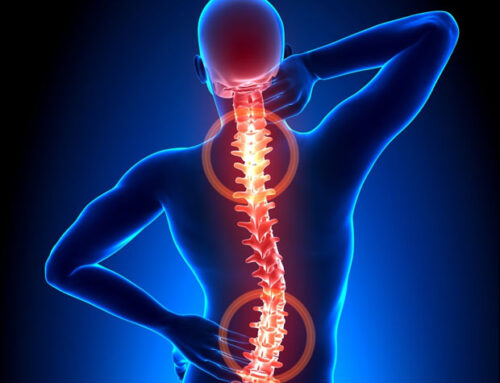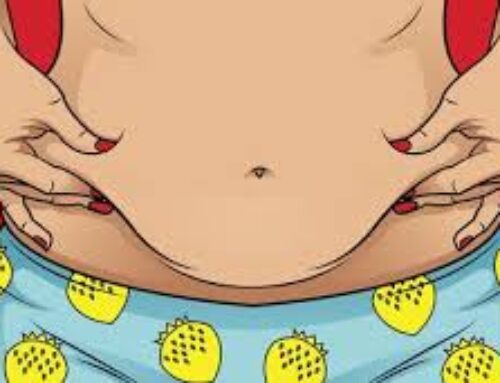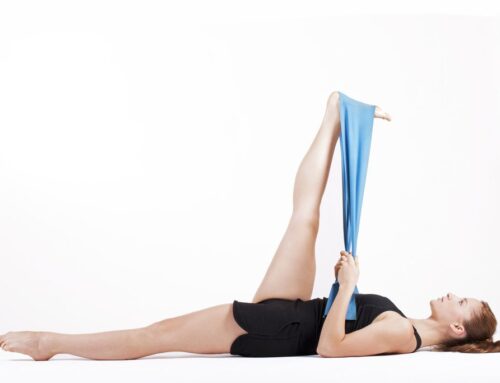Worried the summer’s flying by and you still want to maintain or even lower your body fat? Are you suddenly wishing you hadn’t knocked back all of those beach cocktails or beers? Are the chips and ice cream creeping up on your thighs (or love handles)?
Don’t worry, you’re not alone. Hindsight is 20/20 — it’s always easier to look back and understand why we’re not quite bathing suit ready. It’s not too late, so let’s grab the bull by the horns and change some bad habits!
Tip 1: Apply some HIIT
In addition to your strength training, one of the fastest ways to burn off extra calories (and rid excess body fat) is by adding some HIIT (High Intensity Interval Training) to your routine. HIIT cardiovascular exercise requires short bursts of high-intensity effort followed by periods of lower-intensity effort. This type of training will force your body to use more oxygen than it normally does. More oxygen = more burnt calories.
Tip 2: Eat organic, fresh, and natural foods
Try to consume as much organic food as you can. When your body is not constantly processing unnatural foods loaded with chemicals and pesticides, it can concentrate on digesting natural foods properly — taking what it needs and excreting what it does not. This will help lower inflammation, cravings, and body fat. Your body shouldn’t fight food, but embrace it — a key ingredient in losing weight.
Tip 3: Increase your protein-intake
Protein needs more energy for digestion. Simply put, of all of the macronutrients we consume protein burns the most calories. So, up that protein!
If you are an active adult doing strength training, a good intake rule of thumb is anywhere from .65 grams to 1 gram of protein per pound of bodyweight, depending on your fitness goals, age, and sex. Generally, women should have protein in each meal that is the size of their palm; men should have protein in each meal that is the size of two palms.
Tip 4: Watch your carb intake and timing
Regardless of your body fat goals or if you have achieved them, let’s address carbohydrates. An easy standard is the more you move the more good carbs you can eat, as long as you are at your ideal body fat level. Next, you must consider where you are getting your carbs from: the first and main source should be leafy greens and fibrous veggies. Then add small amounts of carb-dense health sources, like fruit or unprocessed starches (sweet potatoes, quinoa, brown rice). This is only if you are at your body fat goal, and best to consume just the amount you can fit into the cup of your hand.
Tip 5: Eat the right fats
Fats are important because they provide you with the energy you need to get through your workouts. They can also offer energy for daily activities, especially if your carb levels are lower.
Fats are also beneficial to your body’s hormone production, vitamin absorption, and proper brain function. They also help you feel full and satisfied, especially when eating healthy sources of fat like free-range whole eggs, coconut oil, fish oil, fatty fresh wild-caught fish, grass-fed meats, and raw nuts. Fats do not make you fat: it’s coupling them with carbohydrates, sugar, and the lack of right exercise that makes them dangerous.
Try these five tips and let us know how it worked for you!





